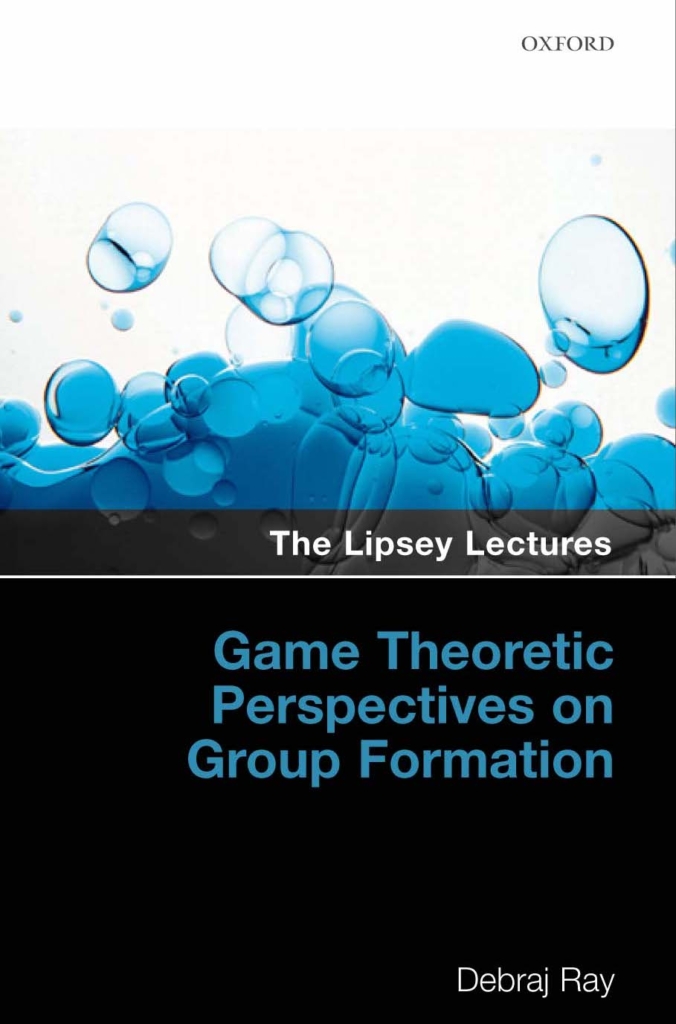(with Rajiv Vohra). March 2024.
Summary. We axiomatically characterize bargaining outcomes in the presence of coalitional threats. As in Nash’s solution, these involve the product of payoffs net of disagreement points, but coalitional threats appear as conventional constraints, and are not netted out from payoffs as disagreement points are. This basic property is implied by a new “expansion axiom” that is automatically satisfied in the standard bargaining problem. We then endogenize coalitional threats using internal consistency. For games with convex feasible sets of payoffs, the internally consistent solution coincides with one in which the only threat from each coalition is the use of their “standard” Nash solution, unconstrained by subcoalitions. For transferable-utility games, this observation uncovers a connection between the coalitional bargaining solution and the egalitarian solution of Dutta and Ray (1989, 1991).
